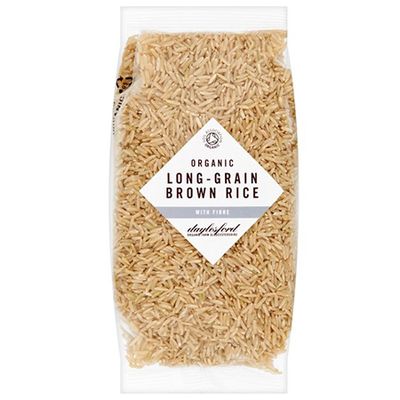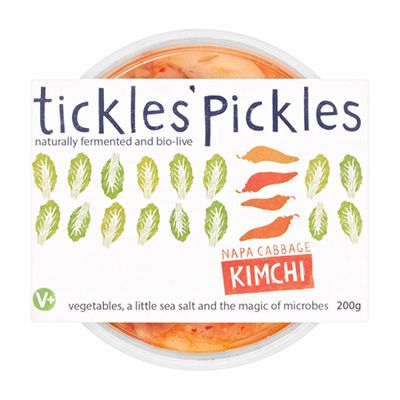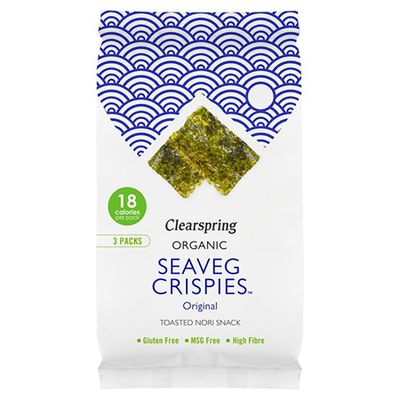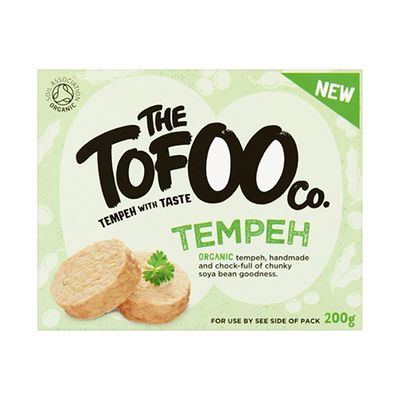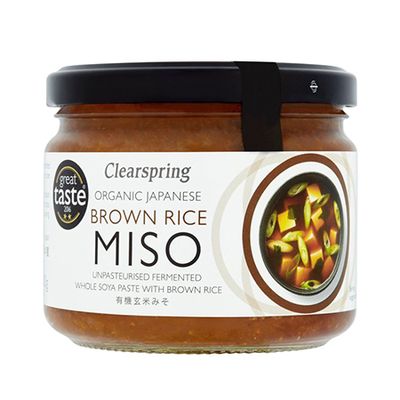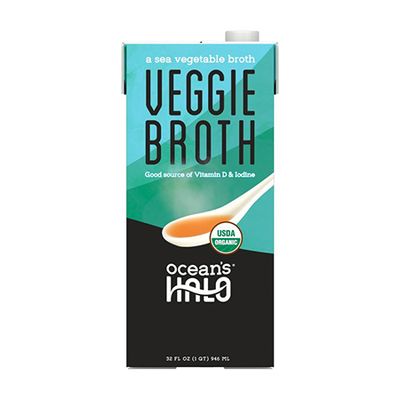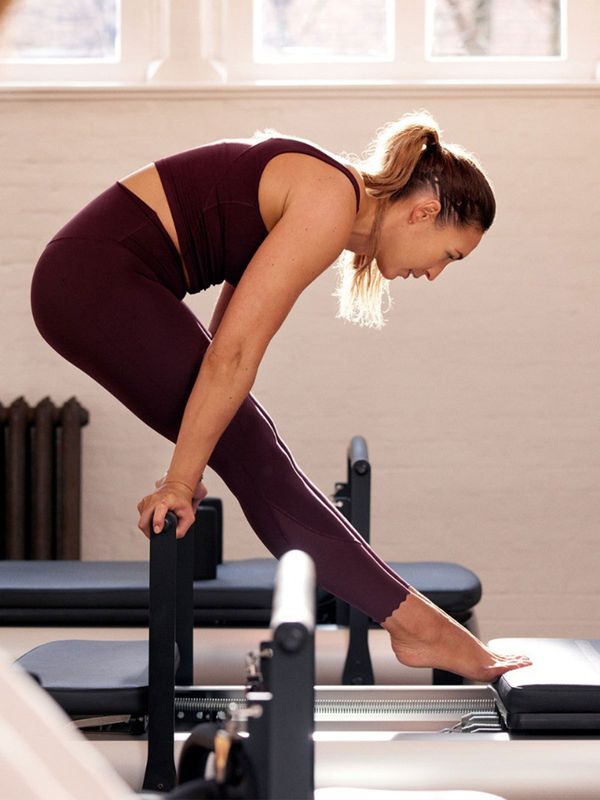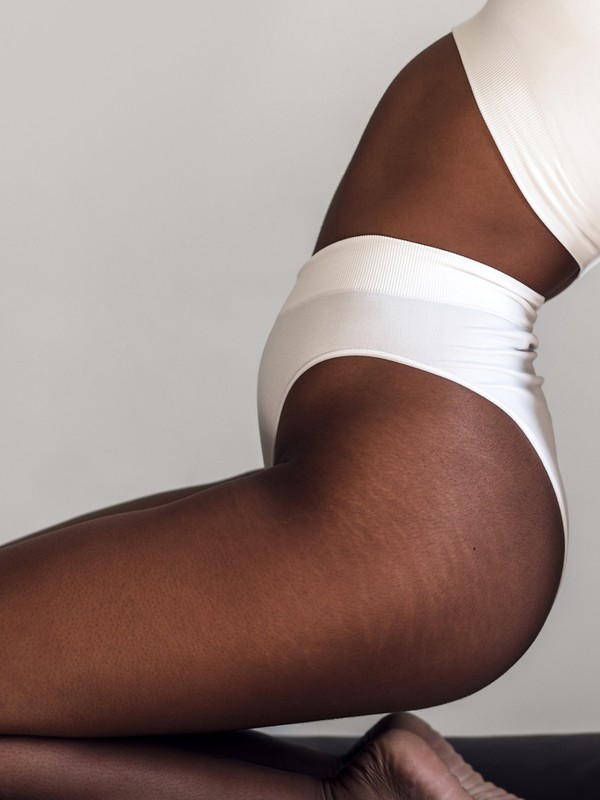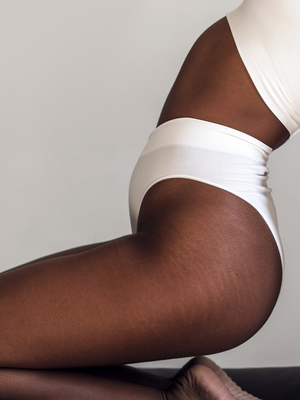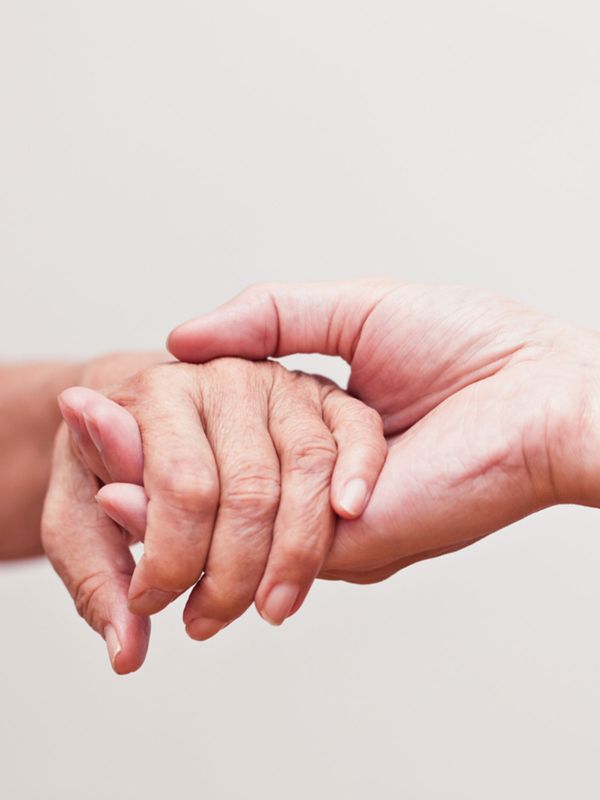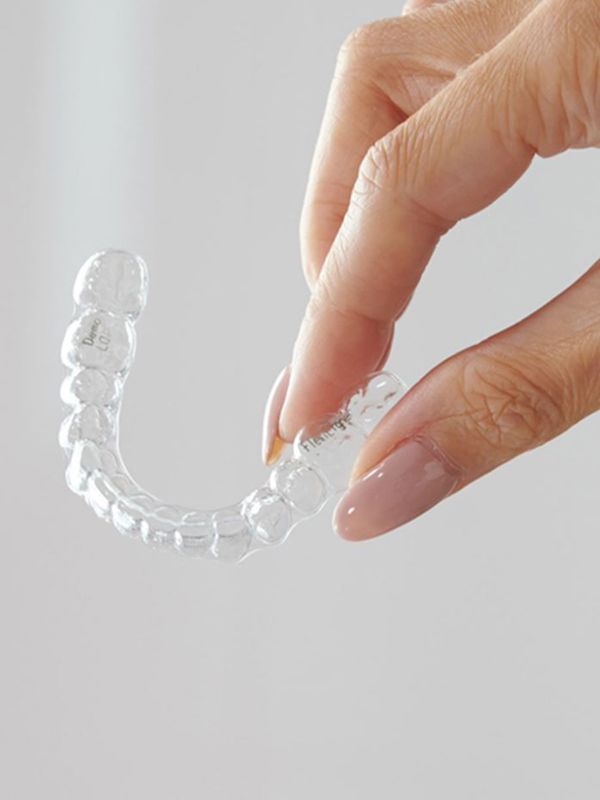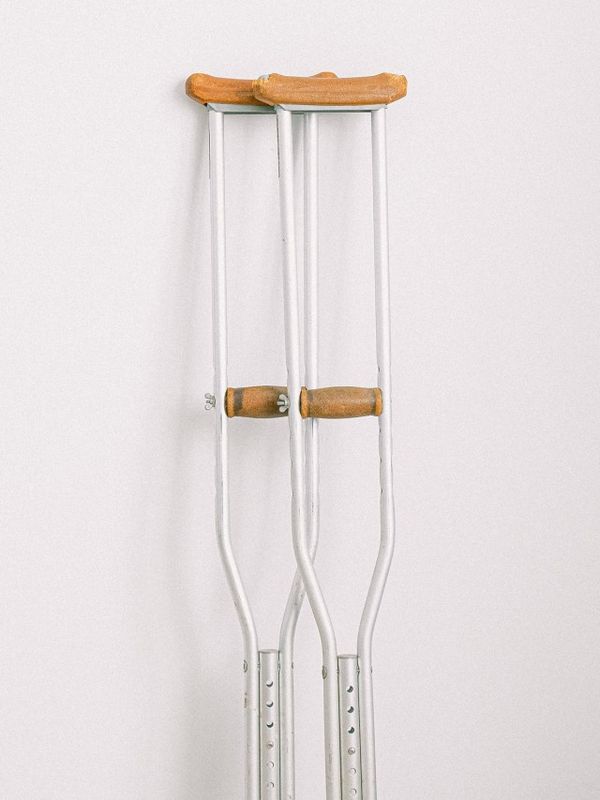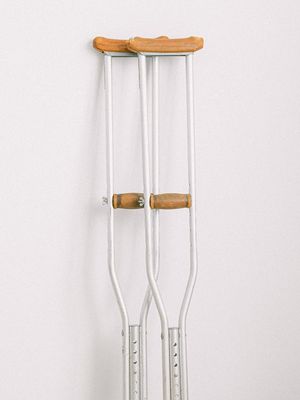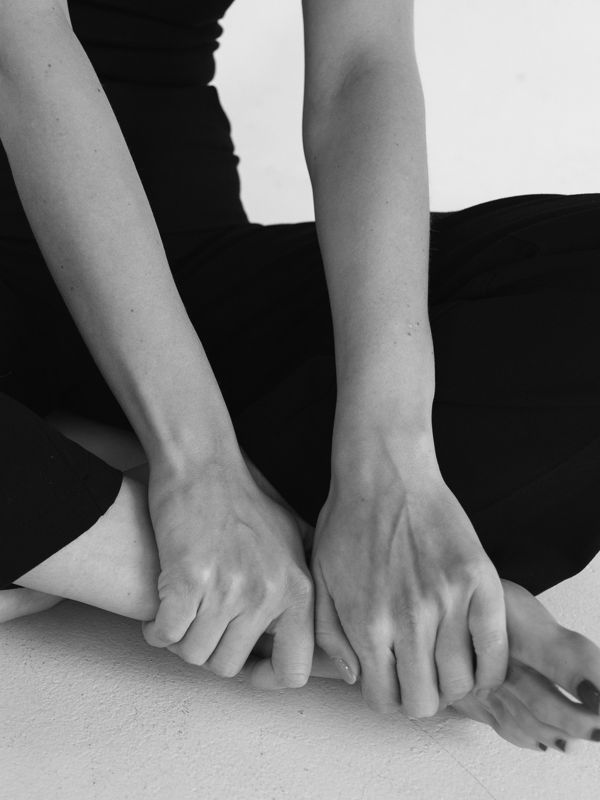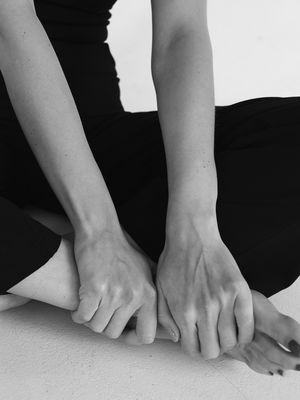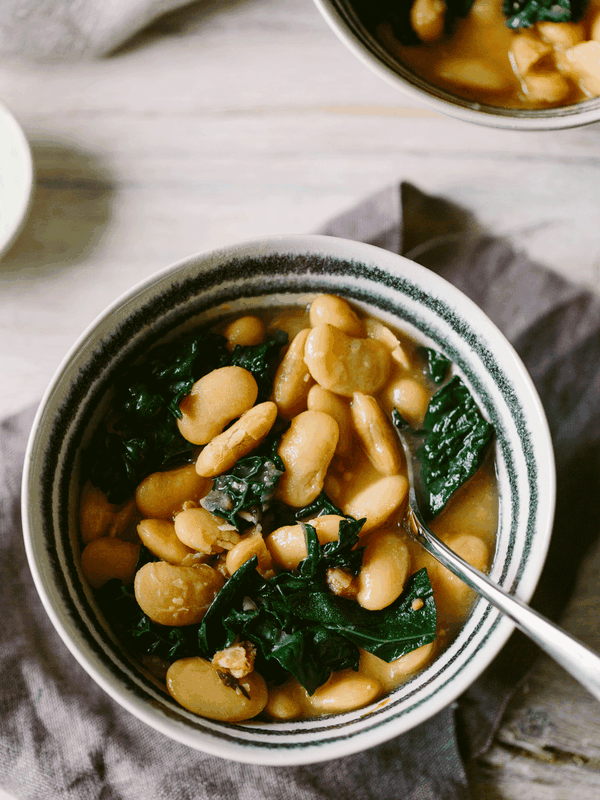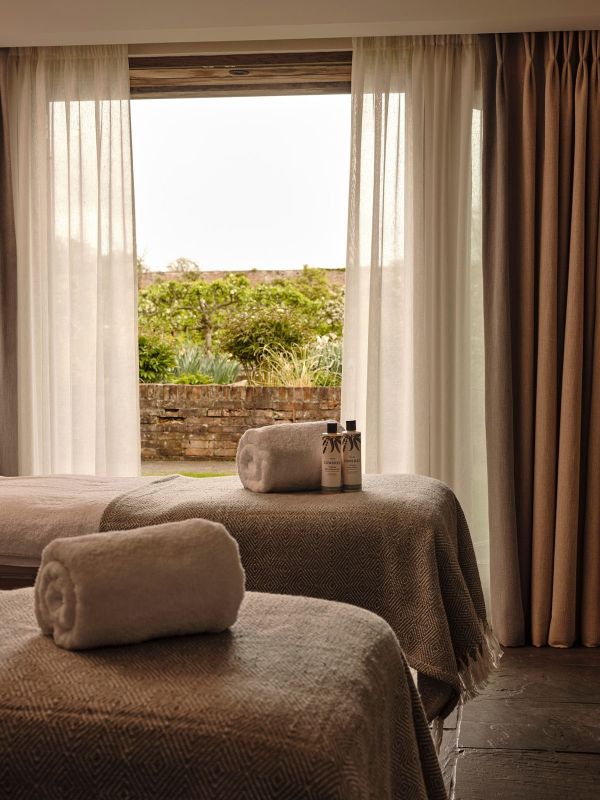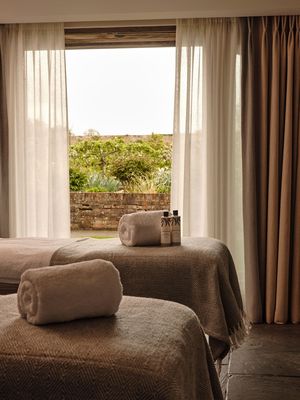
Why The Macrobiotic Diet Isn’t Going Anywhere
The macrobiotic diet dates back to the days of ancient Japanese monasteries, when monks used the nutritional plan to cure illness and promote longevity. It resurfaced in the early 70s when a Japanese man, using the pen name George Ohsawa, expounded on the subject in a series of books and lectures. Fusing the Greek words ‘macro’ and ‘bios’, it roughly translates as ‘long life’, encapsulating the diet’s concept. The macrobiotic diet soared in popularity in the 90s and went on to inspire countless other diets, including the South Beach and Paleo. With a devout A-list following, it’s also the diet of choice at some of the world’s most exclusive health retreats – think Valencia’s MasQi Energy House and southern Spain's renowned SHA Wellness Clinic, frequented by the likes of Naomi Campbell, Kylie Minogue and Petra Nemcova.
Taking a holistic approach to health, the macrobiotic diet is all about balance, with foods having a ‘yin’ or ‘yang’ energy. Yin foods are said to be ‘passive’ and include cold foods and sweets such as tofu, cucumbers, cabbage, watermelon and watercress. Yang foods include warm, salty items naturally higher in fat, protein and sodium – think rice, sesame oil, bamboo and mushrooms. The idea is to balance these yin and yang foods on your plate for optimal health. As Sonia Ferre, founder of MasQi Energy House and macrobiotic expert, explains, “The macrobiotic diet champions wholegrains, seasonal vegetables, pulses, vegetable proteins (tofu, falafel, tempeh and beans), wild fish, algae, nuts and seeds. I would say the five hero foods are miso, brown rice, pulses, pickles and green vegetables.” And when it comes to dietary no-nos, Sonia explains refined grains (e.g. white bread and pasta), sugar, meat and dairy are very much off the menu. In short, it’s a vegetarian, plant-heavy diet that champions organic, non-processed, local and seasonal foods.
With a strong emphasis on plants, benefits of the macrobiotic diet aren’t dissimilar to veganism. Studies have suggested this ancient way of eating lowers inflammation, which can reduce your risk of cancer and chronic diseases such as type 2 diabetes and fibromyalgia. It also appears to promote heart health and lower blood pressure, and can help control blood sugar levels.
The idea is to find balance whenever you can. As Sonia explains, "Aim to fill your plate with 30% wholegrains, 40% seasonal vegetables, 20% protein (preferably vegetable-based proteins or wild fish) and 10% seaweed, pickles, miso and other ferments, nuts and seeds.” Think porridge with nuts and seeds, scrambled tofu with wholegrain bread or avocado toast for breakfast; hummus and vegetable wraps or bean and vegetable salads for lunch; followed by brown rice, black bean and vegetable stew or vegetable-based soups for dinner. Even sweet treats are on the menu – macrobiotic principles can be applied to everything from energy balls to apple crumble.
Macrobiotics is a diet, a lifestyle and a philosophy. How you cook your food is crucial: “Try to steam your food if you can, bearing in mind that if foods are al dente, they keep practically all of their nutrients unaltered," Sonia explains. "Boiling vegetables leaches vitamins A and C and folic acid from food. Slowly simmering your food is another great way to maintain its nutritional value – this includes things like soups and stews.” The macrobiotic diet also states you should chew your food thoroughly (at least 30 chews per mouthful); only drink when thirsty; and only use natural materials such as woods, glass and china to store food.
Eating more locally and seasonally is a great first step to getting started. Consider buying a weekly, organic vegetable box from a local farm. Stock up on tins of beans, lentils and pulses, and add to soups, stews and salads; and find a couple of wholegrains you like, such as millet and brown rice. A simple macrobiotic bowl made with quinoa, kale, roasted root vegetables, leafy greens, a handful of beans and tofu, and a sprinkling of nori and kimchi is a great place to start. Brands like Clearspring stock a diverse range of macrobiotic friendly food – stock up on miso, tofu and grains here.
The macrobiotic diet draws several parallels with the famous Okinawa diet. Named after the largest island in the Ryuku islands in Japan, it's consumed by some of the healthiest, longest-living people in the world. Interestingly, Okinawa is one of the world’s ‘Blue Zones’, where people have the best chance of living to 100. Cutting back on processed foods and increasing your intake of wholegrains, seasonal fruits, vegetables and nuts may not be rocket science, but it’s precisely this holistic, balanced approach to nutrition we can get on board with.
Shop the products below to add macrobiotics into your diet...
For more information, visit Macrobiotics.org.uk.
DISCLAIMER: We endeavour to always credit the correct original source of every image we use. If you think a credit may be incorrect, please contact us at info@sheerluxe.com.
